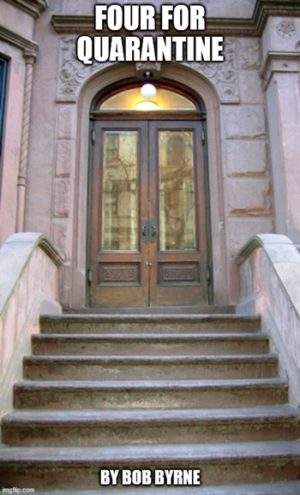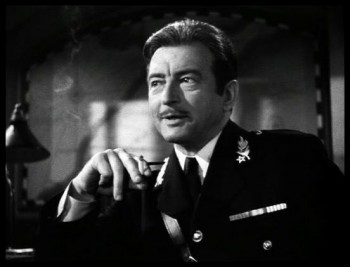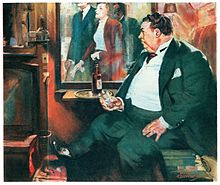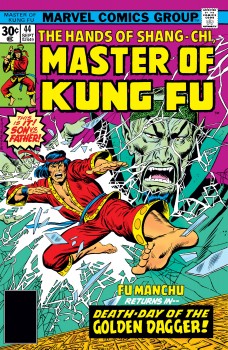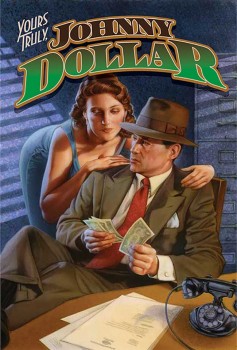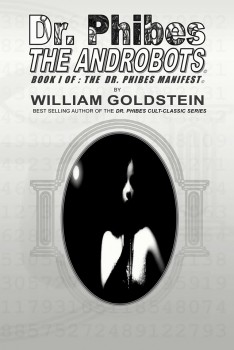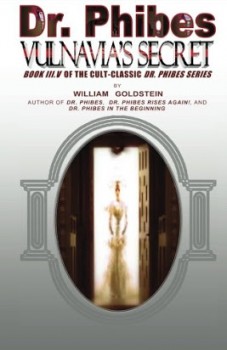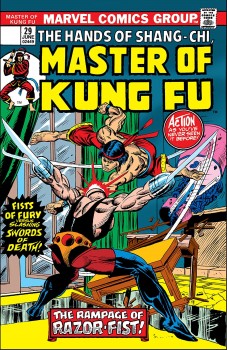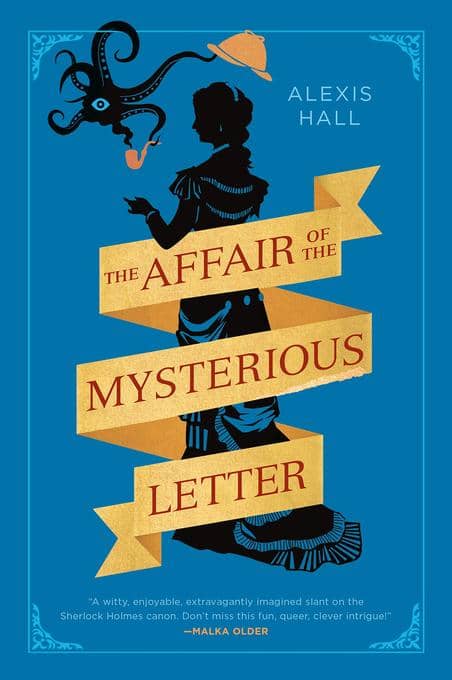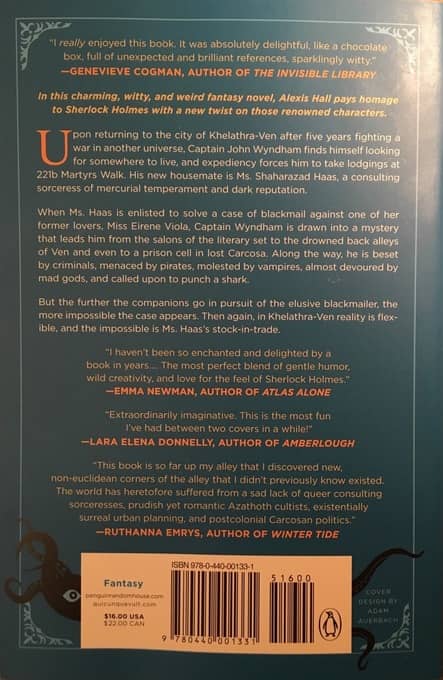Black Gate Fiction: Everybody Comes to Rick’s (Casablanca Chronicles)
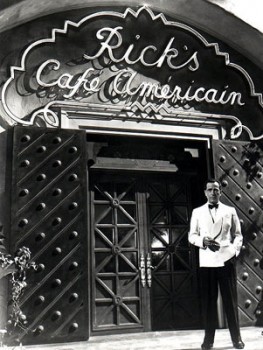 Casablanca is my all-time favorite movie. And I few weeks ago I posted a story I wrote starring Captain Renault; set immediately after the movie ends. That was actually the second Casablanca story I wrote. Here’s the first. It is pure cheese. Some day I will go back and turn it in to a proper story. But back before I became a decent writer, I did this oust of love for the best film I have ever seen. Be kind to me (Maltese Falcon reference there).
Casablanca is my all-time favorite movie. And I few weeks ago I posted a story I wrote starring Captain Renault; set immediately after the movie ends. That was actually the second Casablanca story I wrote. Here’s the first. It is pure cheese. Some day I will go back and turn it in to a proper story. But back before I became a decent writer, I did this oust of love for the best film I have ever seen. Be kind to me (Maltese Falcon reference there).
Rick stood next to the bar, watching the floor, where a few couples were dancing to the slow tune which the orchestra was playing. He took a drag on his cigarette, glad that it was a good crowd tonight. His place always did strong business during the holidays. People wanted to get out for a nice night and forget the insignificance of their daily lives. Carl had decorated the place, putting bows on the doors, and stringing lights along some of the columns. There was even a big pine tree with various oddments hanging from it. Christmas didn’t mean much to Rick: hadn’t since he’d left Chicago.
Sam was setting up his piano near the band. His break would be over in a few minutes. Rick turned his attention to the door where a large man was just coming in. He was over three hundred pounds but carried his weight without difficulty. The man caught Rick’s eye and came towards the bar.
“Good evening, Rick. I see that you have some of my customers here tonight.”
Ferrari ran the Blue Parrot, Rick’s main competition in Casablanca. It had the feel of a local kasbah, while his own Café Americain would have been a comfortable fit in Monaco. It was the most elegant joint in town, and it had an honest gambling room in the back. There weren’t too many honest places in Casablanca. Certainly none associated with Ferrari.
“You know my motto, Ferrari – The customer is always right.”
